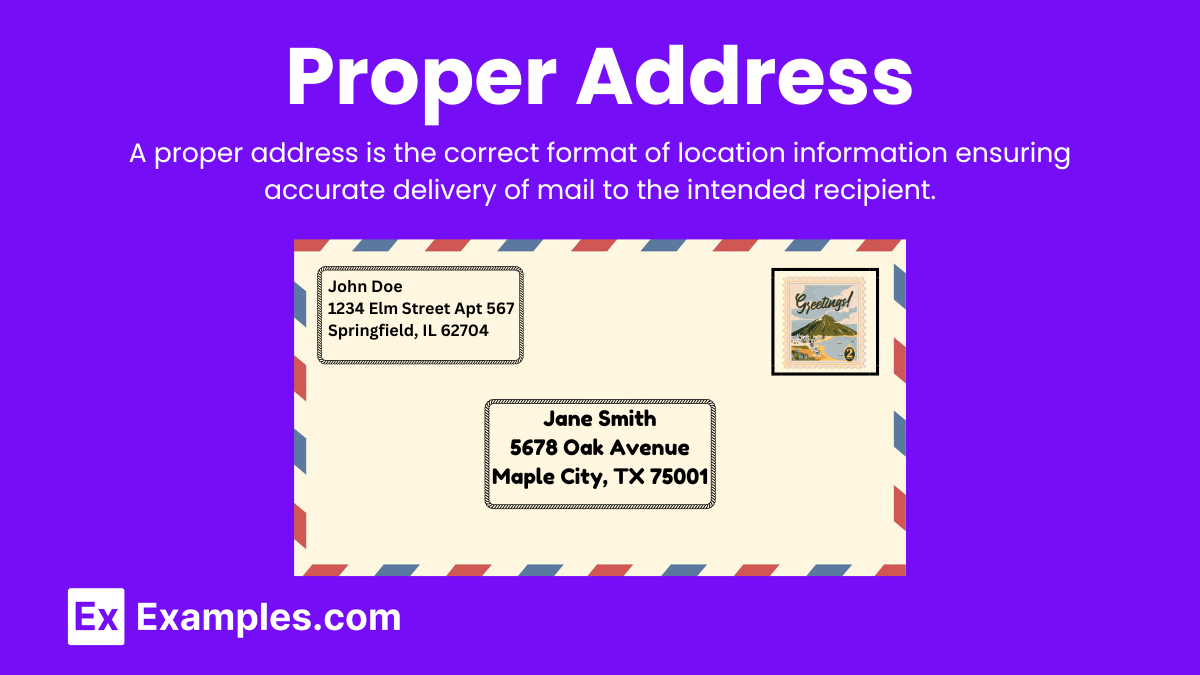

In the age of digital communication, the art of addressing a letter may seem archaic. However, it remains an essential skill, especially in formal and professional settings. This article will guide you through the proper address format, ensuring your letters reach their intended recipients without any hitches. We’ll also delve into related topics such as sending a letter format in Google Docs, official letter format examples, and more.
A proper address format refers to the standardized way of writing an address on a letter or parcel to ensure it reaches the correct destination. It includes elements such as the recipient’s name, street name and number, city, state, and ZIP code. In some cases, it may also include an IP address or a mailing address. The format can vary depending on the country and the type of letter (informal letter, official correspondence, etc.).
Understanding how to format an address correctly is essential for ensuring that your mail reaches its intended destination promptly. Whether sending a letter domestically or internationally, following the proper address format can make a significant difference. Below are the guidelines for both U.S. and international addresses.
When addressing mail within the United States, follow this format:
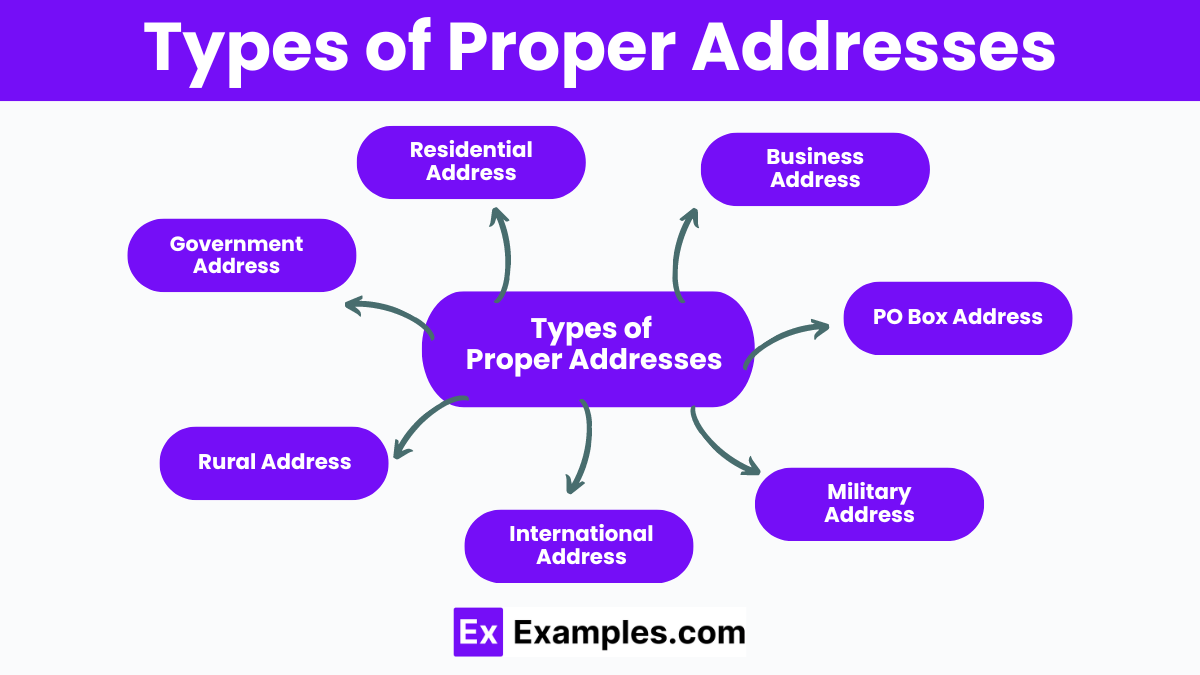
Proper addresses vary depending on the context and location. Here are the main types of proper addresses:
Addressing an envelope properly ensures your mail is delivered accurately and efficiently. Here’s a step-by-step guide for addressing an envelope in the United States:
John Doe
1234 Elm Street Apt 567
Springfield, IL 62704
Jane Smith
5678 Oak Avenue
Maple City, TX 75001
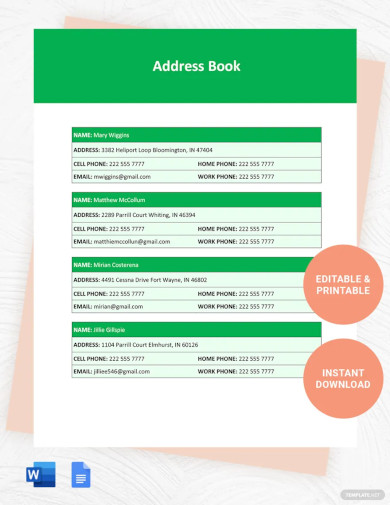
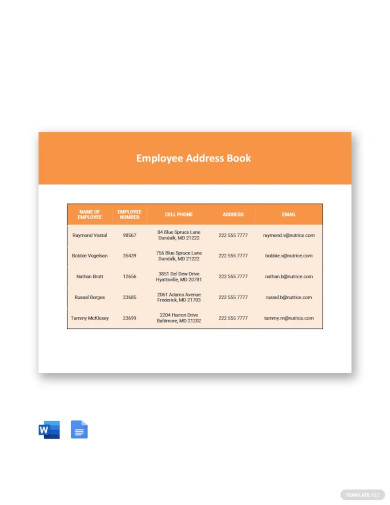
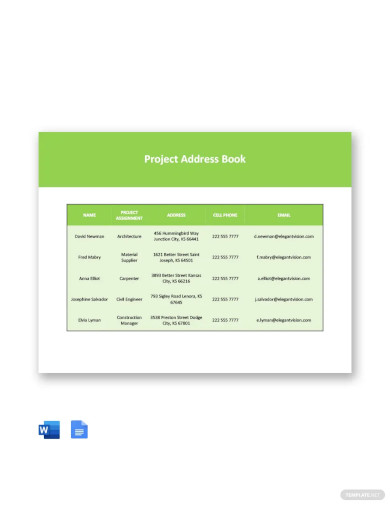
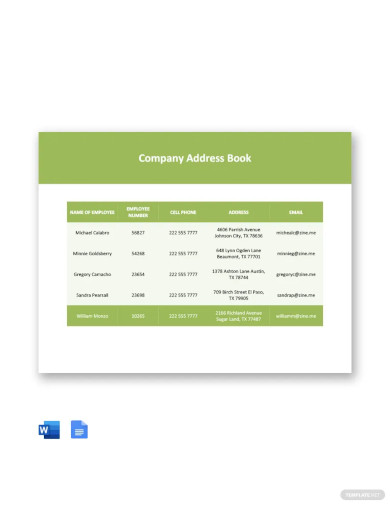
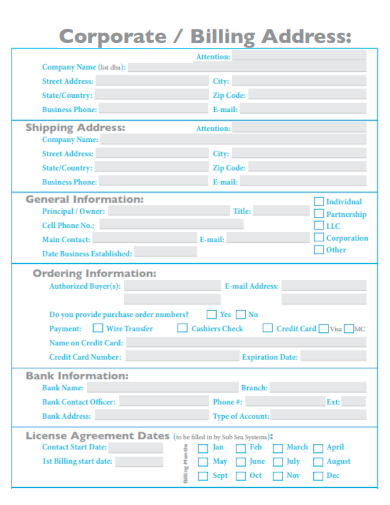

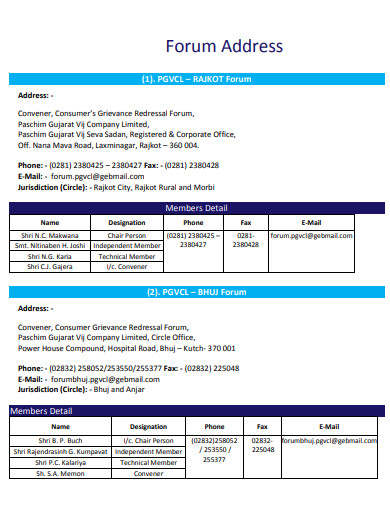
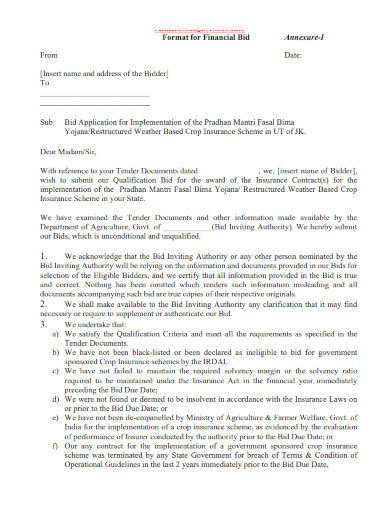
Before we delve into the steps, it’s important to note that the proper address format is crucial for ensuring your letter or parcel reaches its destination. It’s not just about etiquette; it’s about effective communication.
Start with the recipient’s full name. If it’s an official letter, use the recipient’s professional title if known. For instance, in official correspondence letter examples, you’ll often see titles like “Dr.”, “Mr.”, “Ms.”, etc.
Next, write the street address. This should include the building number and the street name. If the address is too long to fit on one line, you can continue it on the next.
On the next line, write the city, followed by the state and ZIP code. Make sure to use the correct abbreviations for the state.
If you’re sending the letter internationally, include the country on the last line.
Notify relevant parties, such as banks, subscriptions, and the postal service, immediately to ensure continued delivery of your mail.
Using a proper address ensures timely and accurate delivery of mail and packages.
Include the recipient’s name, street address, city, postal code, and country in English.
The order is recipient’s name, street address, city, state, postal code, and country.
Include the apartment number on the same line as the street address, separated by a comma or on a separate line above the street address.
Use an online postal code lookup tool or contact the recipient for the correct postal code.
Write clearly in block letters or print the address to avoid any misinterpretation.
Common abbreviations like “St.” for Street and “Apt.” for Apartment are acceptable and often used.
Include the business name, recipient’s name, street address, city, state, and postal code.
A return address includes your address and ensures the mail can be returned to you if undeliverable.